Coastal
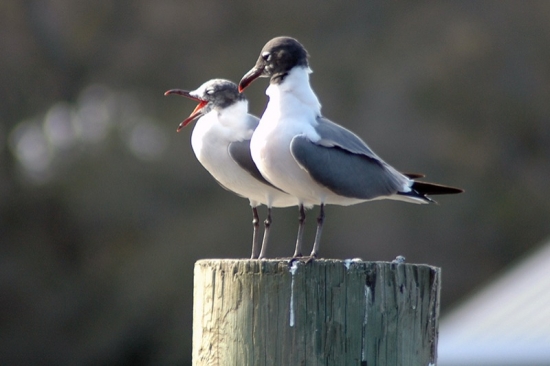
Crooked River State Park
Located on southern tip of Georgia’s Colonial Coast, this park is the perfect spot for enjoying the intracoastal waterway and maritime forest. Campsites are surrounded by palmettos and Spanish moss-draped oaks, while cottages are set near the tidal river. A boat ramp is popular with anglers who often take to the water before sunrise. Just down the road is the ferry to famous Cumberland Island National Seashore known for secluded beaches and wild horses. The park’s nature trail winds through forest and salt marsh, and hikers may see gopher tortoises, fiddler crabs, herons and other birds.
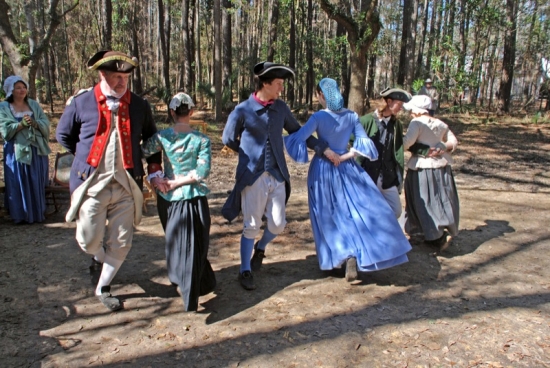
Wormsloe Historic Site
Supported by a local Friends chapter, Wormsloe Historic Site offers picturesque scenery while preserving Georgia's rich colonial history. A breathtaking avenue sheltered by live oaks and Spanish moss leads to the tabby ruins of Wormsloe, the colonial estate of Noble Jones (1702-1775). Jones was a humble carpenter who arrived in Georgia in 1733 with James Oglethorpe and the first group of settlers from England. Wormsloe's tabby ruin is the oldest standing structure in Savannah.
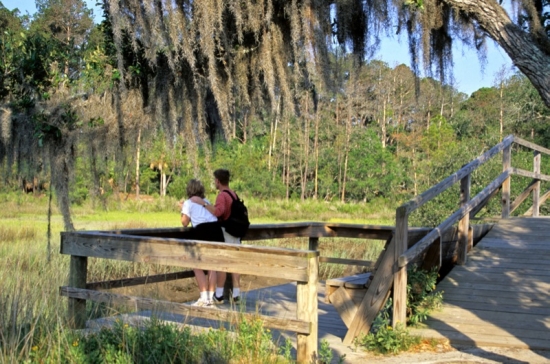
Skidaway Island State Park
Supported by a local Friends chapter and located near historic Savannah, this park borders Skidaway narrows, a part of Georgia’s intracoastal waterway. Trails wind through maritime forest and past salt marsh, leading to a boardwalk and observation tower. Visitors can watch for deer, fiddler crabs, raccoon, egrets and other wildlife. Inside the park’s interpretive center, birders will find binoculars, reference books and a window where they can look for migrating species such as Painted Buntings.
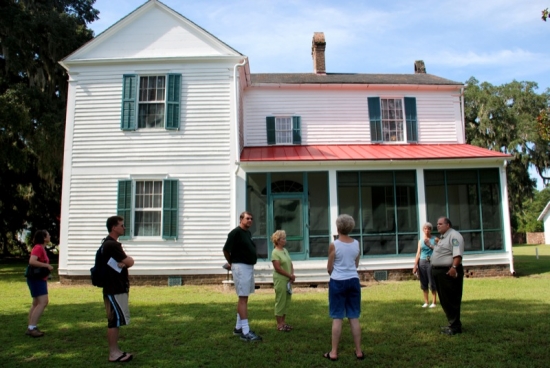
Hofwyl-Broadfield Plantation Historic Site
Supported by a local Friends chapter, this beautiful plantation represents the history and culture of Georgia’s rice coast. In the early 1800s, William Brailsford of Charleston carved a rice plantation from marshes along the Altamaha River. The plantation and its inhabitants were part of the genteel low country society that developed during the antebellum period. While many factors made rice cultivation increasingly difficult in the years after the Civil War, the family continued to grow rice until 1913.
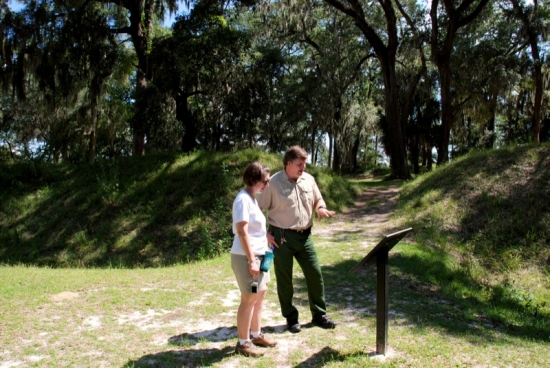
Fort Morris Historic Site
Supported by a local Friends chapter, Fort Morris Historic site transports you into the past. When the Continental Congress convened in 1776, the delegates recognized the importance of a fort to protect their growing seaport from the British. Soon afterwards, a low bluff on the Medway River at Sunbury was fortified and garrisoned by 200 patriots. When the British demanded the fort’s surrender on November 25, 1778, the defiant Col. John McIntosh replied, “Come and take it!” The British refused and withdrew back to Florida.
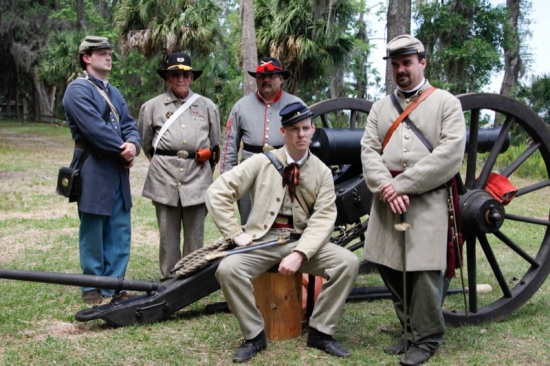
Fort McAllister Historic Park
Supported by a local Friends chapter and ocated south of Savannah on the banks of the Ogeechee River, this scenic park showcases the best-preserved earthwork fortification of the Confederacy. The earthworks were attacked seven times by Union ironclads but did not fall until 1864 -- ending Gen. William T. Sherman’s “March to the Sea.” Visitors can explore the grounds with cannons, a furnace, bombproof, barracks, palisades and more, while a Civil War museum contains artifacts, a video and gift shop.
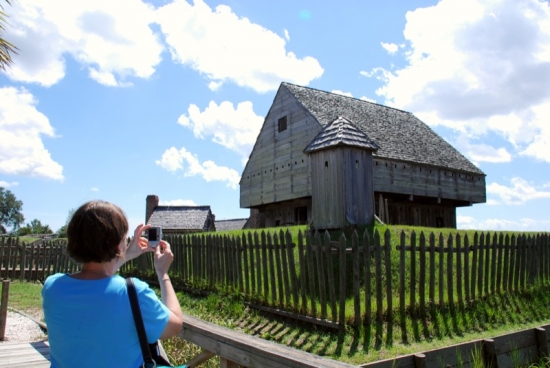
Fort King George Historic Site
Supported by a local Friends chapter known as The Garrison at Fort King George, this is the oldest English fort remaining on Georgia's coast. From 1721 until 1736, Fort King George was the southern outpost of the British Empire in North America. A cypress blockhouse, barracks and palisaded earthen fort were constructed in 1721 by scoutmen led by Colonel John “Tuscarora Jack” Barnwell. For the next seven years, His Majesty’s Independent Company garrisoned the fort.